11 Ways to Store Your Garden Produce for Winter Use
As the growing season comes to an end, preserving your garden produce for the winter months ensures that you can enjoy the fruits of your labor long after the harvest. From freezing and canning to drying and pickling, there are various methods to keep your vegetables, fruits, and herbs fresh and flavorful. Whether you’re looking to extend the shelf life of your root vegetables or maintain the taste of summer produce, these preservation techniques will help you store your harvest with ease and efficiency.
This post may contain affiliate links, which helps keep this content free. Please read our disclosure for more info.
Freezing Fresh Vegetables
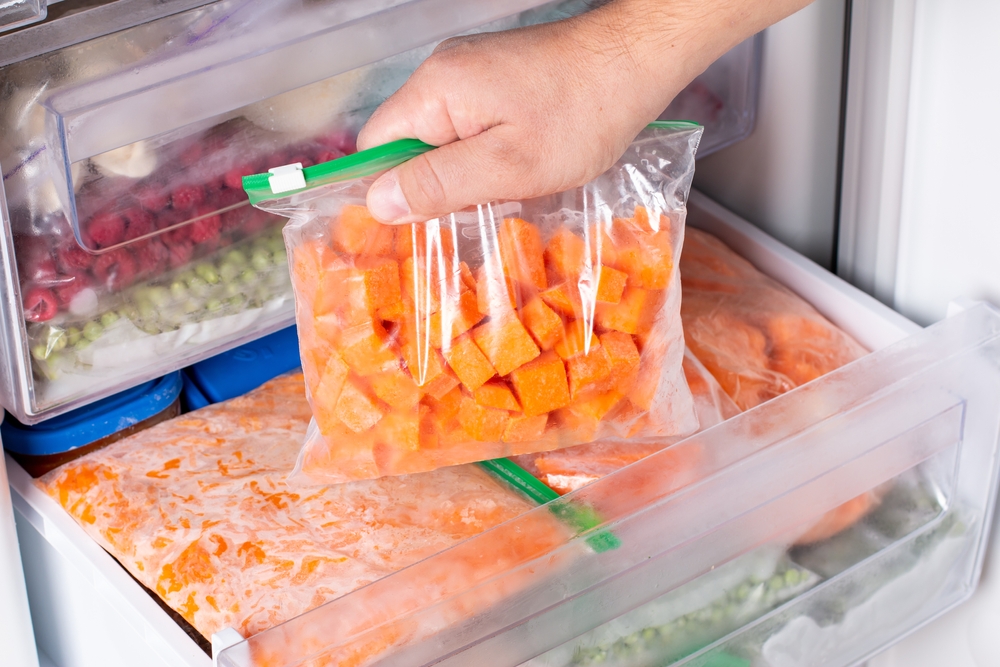
Freezing is one of the most popular and effective methods for preserving garden produce through the winter months. Many vegetables, such as peas, carrots, corn, and beans, freeze well and retain their flavor and nutrients for extended periods. To ensure quality, vegetables should be blanched before freezing. Blanching involves briefly placing vegetables in boiling water, followed by an immediate cool-down in ice water to halt the enzymatic processes that can cause them to spoil. This step helps preserve the color, flavor, and texture.
After blanching and drying the vegetables, store them in freezer bags or airtight containers. Be sure to remove as much air as possible to prevent freezer burn, which can negatively affect the texture and taste. One of the biggest advantages of freezing is convenience; it allows for easy access to your garden’s bounty during the winter months, whether you’re making a soup, casserole, or stir-fry. Additionally, freezing helps you maintain the freshness of vegetables that have a short shelf life, letting you enjoy them long after the growing season has passed.
Canning Fruits and Vegetables
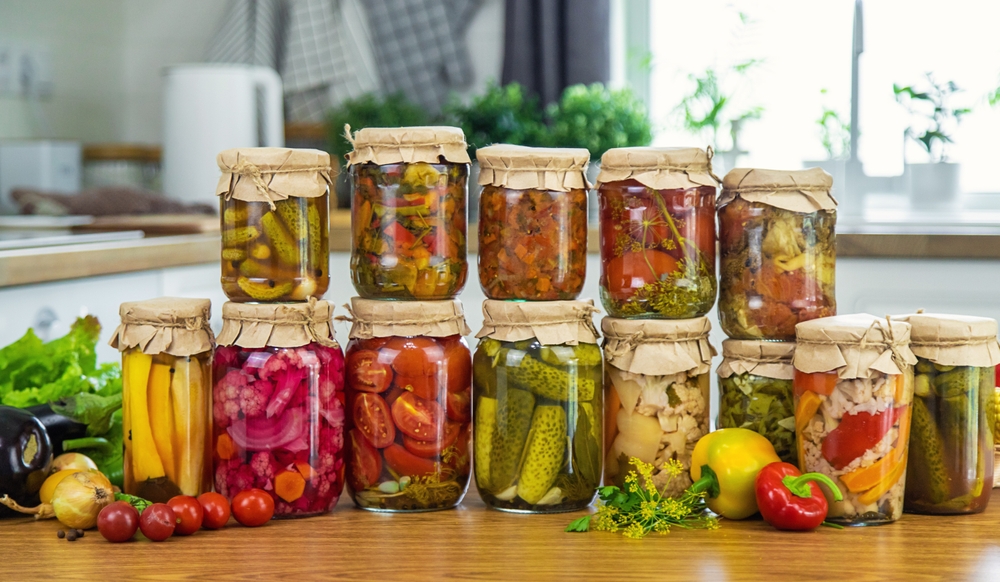
Canning is another excellent option for preserving your garden produce through the winter. This method involves sealing fruits and vegetables in jars and processing them in a canner to create a vacuum seal. Once sealed, these jars are shelf-stable, which means they do not require refrigeration. Canning works well for a wide variety of produce, including tomatoes, peaches, apples, beans, and carrots. The canning process can vary slightly depending on the acidity of the food; fruits and tomatoes typically use a water bath canner, while low-acid foods like vegetables need a pressure canner to avoid the risk of botulism.
Proper canning requires careful attention to cleanliness and sealing methods. Jars and lids should be sterilized before use, and you must ensure the seal is tight to prevent contamination. This method allows you to preserve the flavor of your garden’s harvest and store it for many months. Whether you’re making jams, jellies, tomato sauce, or soups, canned produce offers flexibility for a wide variety of recipes. You can also experiment with preserving whole fruits, vegetables, or even pickled varieties in jars.
Dehydrating Fruits and Vegetables
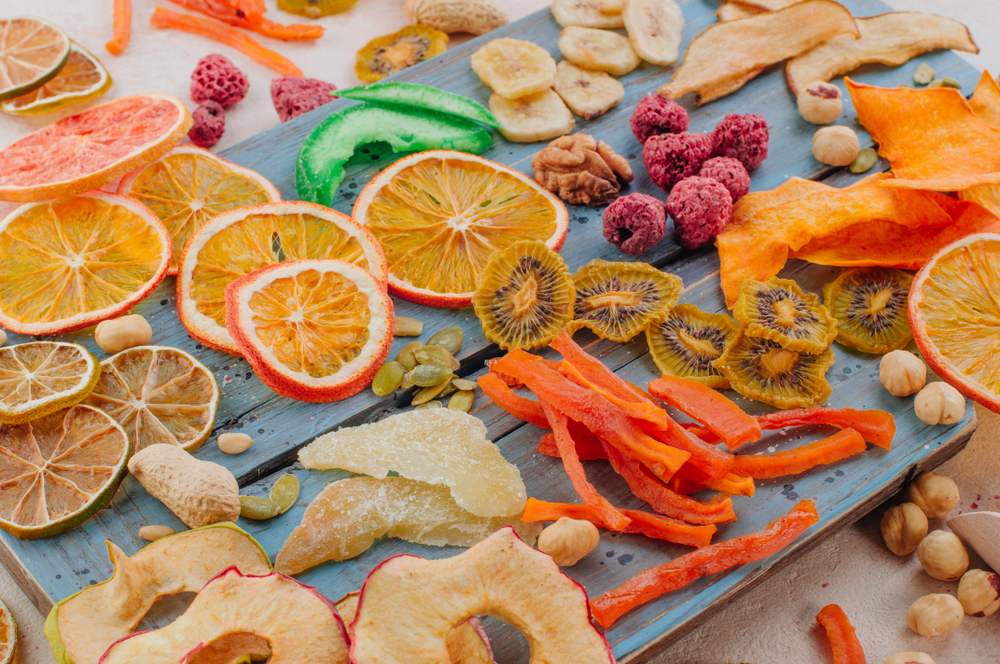
Dehydrating is a fantastic way to preserve your produce by removing moisture, which prevents spoilage-causing bacteria and mold from growing. Dehydrated fruits like apples, peaches, and tomatoes, and vegetables like peas, mushrooms, and peppers, make for convenient, long-lasting snacks and cooking ingredients. To dehydrate, you can use an electric dehydrator, or for those with an oven, you can set it to a low temperature to gently dry the produce. This method is especially effective for making herbs, fruit leathers, and dried mushrooms.
Once fully dehydrated, store the produce in airtight containers, such as glass jars or vacuum-sealed bags. For added longevity, store the jars in a cool, dark place to prevent exposure to light, which can degrade the food. Dehydrating allows you to keep the essence of your garden produce without taking up much space. The produce retains most of its nutrients, and when rehydrated, can be added to dishes like soups, stews, or casseroles. It’s also perfect for backpacking or camping trips, where lightweight and easy-to-carry food is essential.
Pickling Vegetables
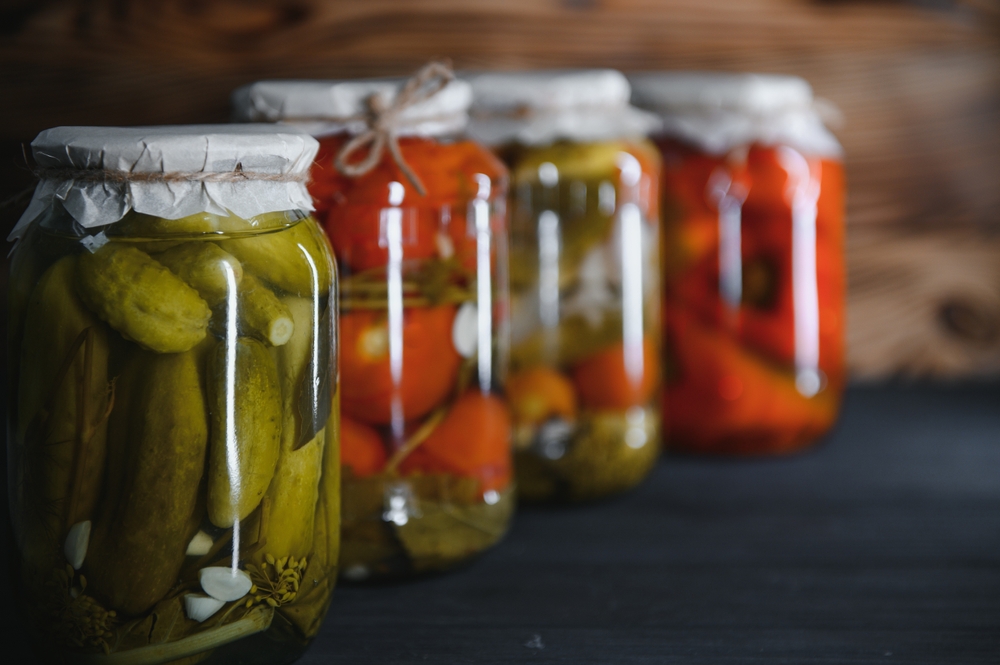
Pickling is an age-old method of preservation that involves immersing vegetables in a brine made of vinegar, water, and salt. This process not only preserves the produce but also imparts a tangy, zesty flavor that enhances its taste. Common vegetables to pickle include cucumbers, onions, beets, carrots, and green beans. When pickling, the acidity of the brine prevents bacteria from growing, creating an ideal environment for long-term storage. You can experiment with different spices, herbs, and sweeteners to craft a variety of pickled flavors.
To pickle, first clean and prepare the vegetables by cutting them into appropriate sizes. Pack them tightly into sterilized jars, pour over the hot brine, and seal the jars. Once sealed, the pickled vegetables should be stored in a cool, dark place for several weeks to allow the flavors to meld. Pickling is especially useful for creating unique flavor profiles that complement meats, sandwiches, salads, and even as standalone snacks. Furthermore, pickled vegetables are incredibly versatile and can add a tangy crunch to any dish.
Storing Herbs by Freezing or Drying
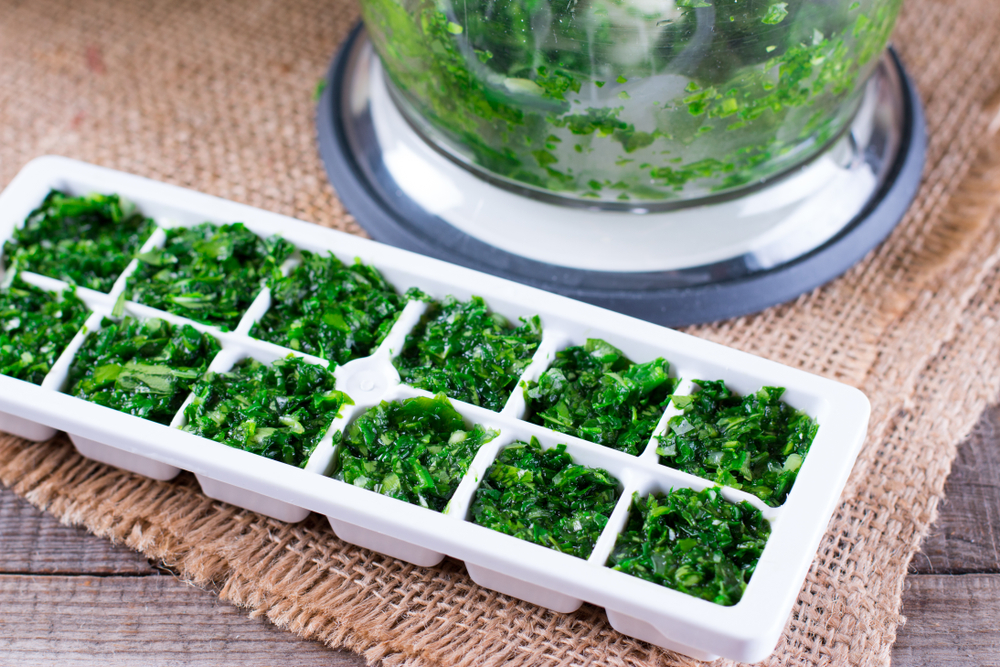
Herbs such as basil, thyme, oregano, rosemary, and parsley can be stored for winter use by either drying or freezing them. Drying herbs involves tying small bunches together and hanging them upside down in a warm, dry place with good ventilation. Alternatively, you can dry herbs in a dehydrator or oven at low temperatures. After drying, store them in glass jars or vacuum-sealed bags in a cool, dark place.
Freezing herbs is another option, especially for those like basil or mint, which retain their flavor when frozen. To freeze herbs, wash and chop them, then place them in ice cube trays with a little water or olive oil. Once frozen, transfer the cubes to freezer bags for easy use in cooking. Both drying and freezing preserve the herbs’ essential oils, so they remain flavorful and aromatic throughout the winter months.
Storing Squash and Pumpkins in a Cool, Dry Place
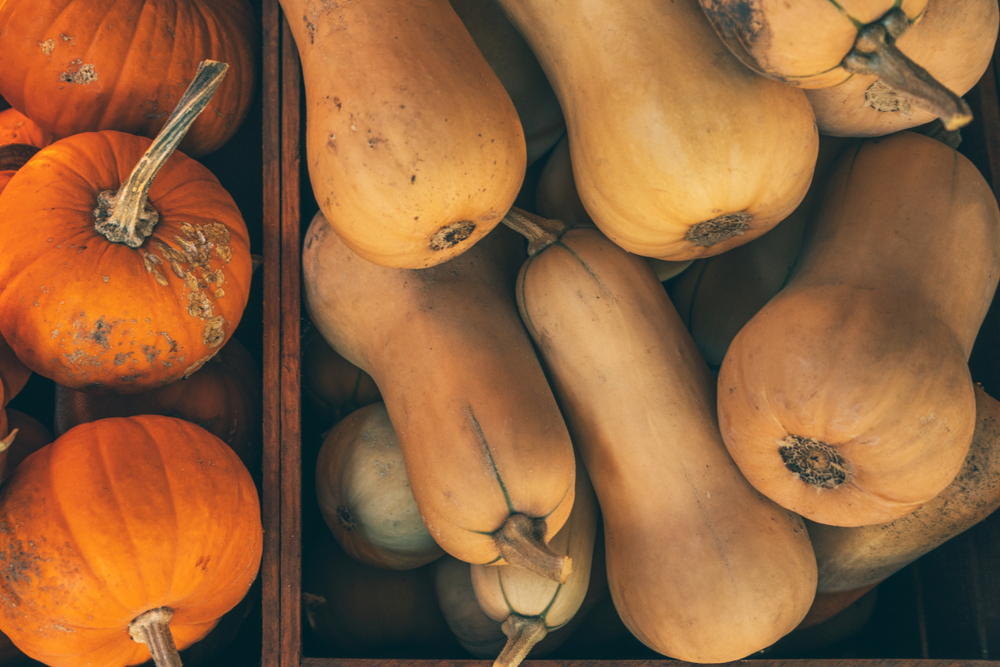
Hard-skinned squash and pumpkins, such as butternut, acorn, and sugar pumpkins, can be stored for months in a cool, dark, and dry environment, such as a basement or pantry. These vegetables need to be cured first by letting them sit in a warm, dry place for a week or two to harden their skins. After that, they should be stored on shelves in a space where the temperature stays between 5’°F (1’°C) and 55°F (13°C). Proper storage conditions are critical to preventing rotting and sprouting.
Make sure not to stack squash or pumpkins too tightly; air circulation is crucial to prevent mold growth. You can also place them on shelves or in baskets, allowing them to be visible and easily checked for any signs of damage. This storage method is incredibly effective for preserving the texture and flavor of the squash and pumpkins. They can be used throughout the winter in soups, pies, roasted dishes, and more.
Storing Apples in a Cool, Dark Area
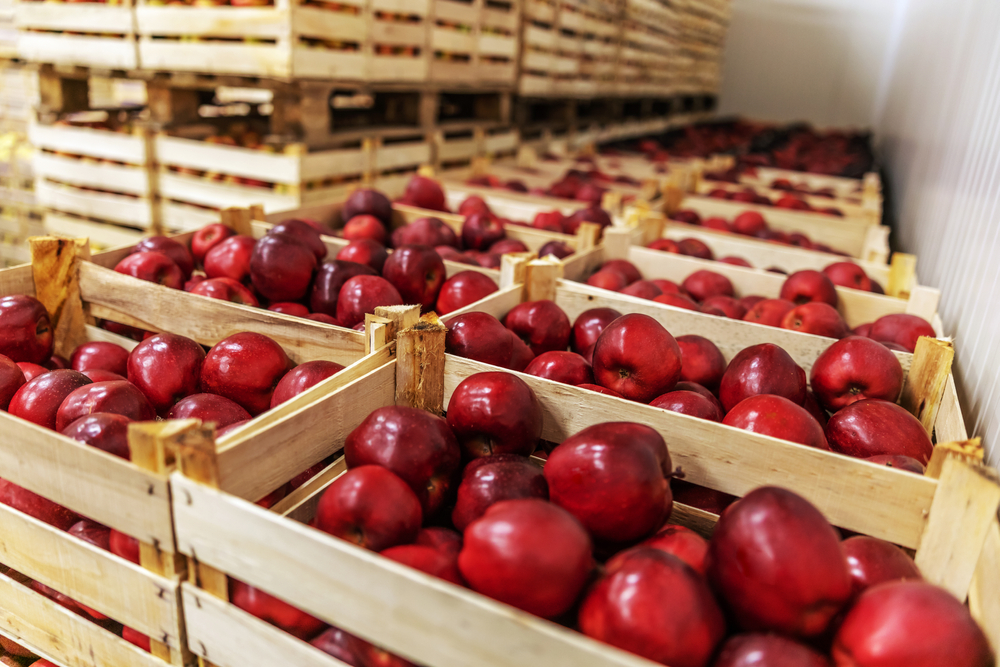
Apples, which are harvested in the fall, can last well into the winter if stored correctly. To preserve them, place them in a cool, dark, and humid space, such as a basement or root cellar, where the temperature remains between 3’°F to 35°F (-1°C to 2°C). Apples stored in a humid environment will not dry out or shrivel, ensuring they remain crisp for months. For best results, store them in a single layer on trays or in boxes, and make sure they are not touching each other to avoid the spread of rot.
Periodically check your stored apples for signs of damage or ripening and remove any that are overripe or bruised, as they can affect others in the same storage space. Certain apple varieties, such as Fuji, Gala, and Granny Smith, store better than others, so choose varieties that are known for their long shelf life. Stored correctly, apples can maintain their flavor and texture throughout the winter, providing a tasty and healthy snack.
Storing Garlic and Onions
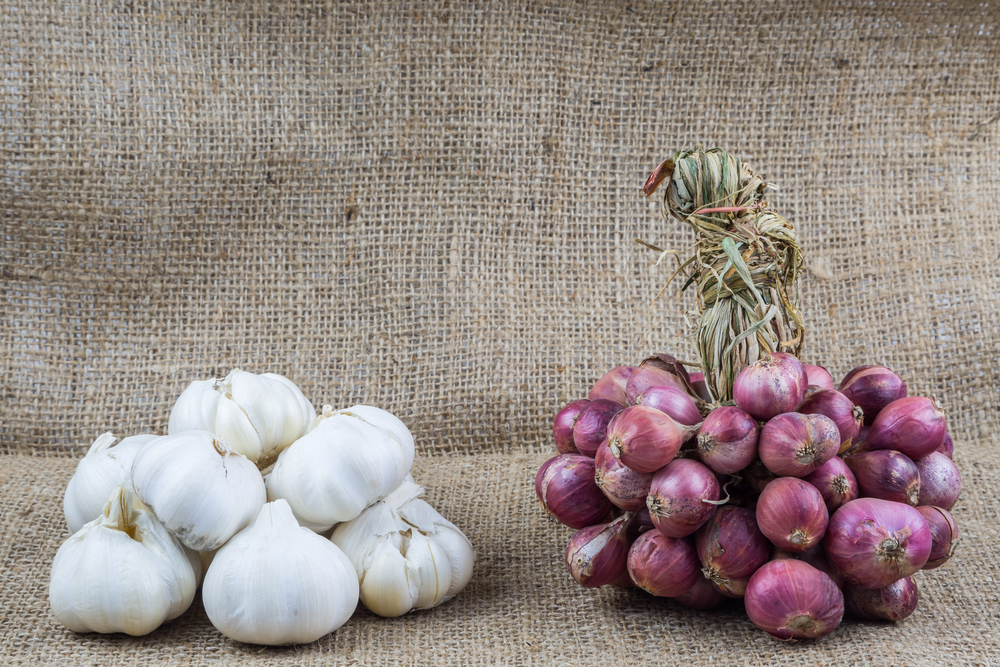
Garlic and onions are both hardy crops that store well during the winter months when kept in a cool, dry, and well-ventilated area. After harvesting, allow them to cure in a dry location with good airflow for a few weeks. Once cured, hang them in mesh bags or braid them into garlands and store them in a dark, cool place with low humidity. The ideal temperature for storing garlic and onions is between 32°F and 4’°F (‘°C to 4°C). This prevents sprouting while maintaining their flavor for extended periods.
Check the bulbs regularly for signs of softness or sprouting, and remove any affected ones to avoid contamination. Properly stored garlic and onions can last for months, providing you with fresh ingredients for winter dishes. These vegetables are also excellent for preserving flavors in soups, stews, and sauces, making them a must-have for any winter pantry.
Storing Tomatoes in Freezer or Canning Jars
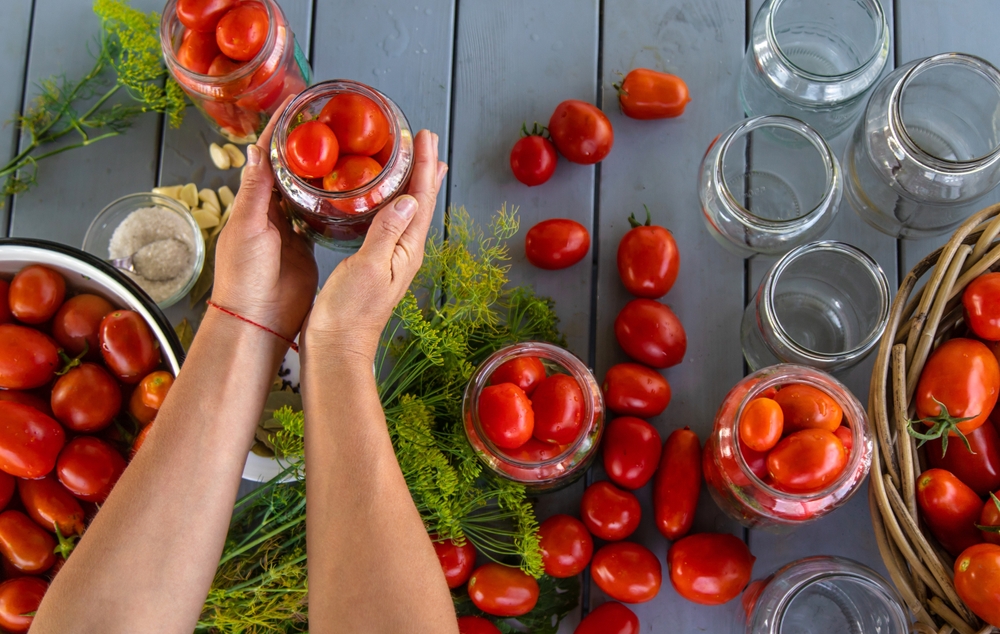
Tomatoes are one of the most versatile fruits to preserve, as they can be frozen or canned for year-round use. For freezing, wash and core tomatoes, then either freeze them whole, in slices, or as crushed tomatoes for easy use in sauces. Alternatively, tomatoes can be canned in jars for a longer shelf life. When canning, a pressure canner is required for tomatoes, as they are low-acid fruits, to ensure safety from harmful bacteria. Properly sealed jars of canned tomatoes can last for a year or longer, giving you access to fresh tomato flavors throughout the colder months.
Frozen tomatoes can be added directly to soups and sauces, while canned tomatoes are perfect for making sauces, salsas, or stews. By freezing or canning tomatoes, you maintain much of their flavor, texture, and nutrients. This method allows you to enjoy the taste of summer, even during the colder months, without worrying about spoilage or waste.
Storing Potatoes in a Cool, Dark Place
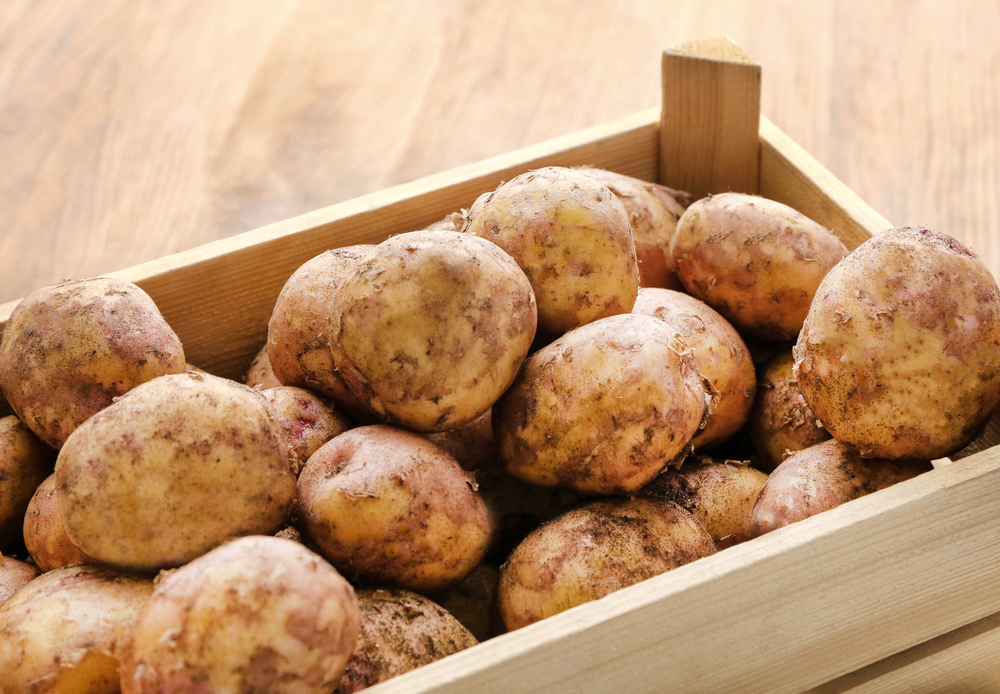
Potatoes require a cool, dark, and well-ventilated area to remain fresh throughout the winter. After harvesting, allow them to cure for about two weeks in a warm, dry area to toughen their skins. Then, move them to a cooler location, such as a basement or cellar, where the temperature stays between 4’°F and 5’°F (4°C and 1’°C). Potatoes stored in this manner can last for several months.
To avoid sprouting, store the potatoes in burlap sacks or crates with good airflow. Do not store them near onions, as the gases they release can cause potatoes to spoil more quickly. Periodically check the potatoes for any signs of decay or sprouting, and remove any affected ones. Storing potatoes properly will provide you with a versatile crop to use for mashed potatoes, fries, soups, and stews throughout the winter months.
Storing Cabbage and Other Cruciferous Vegetables
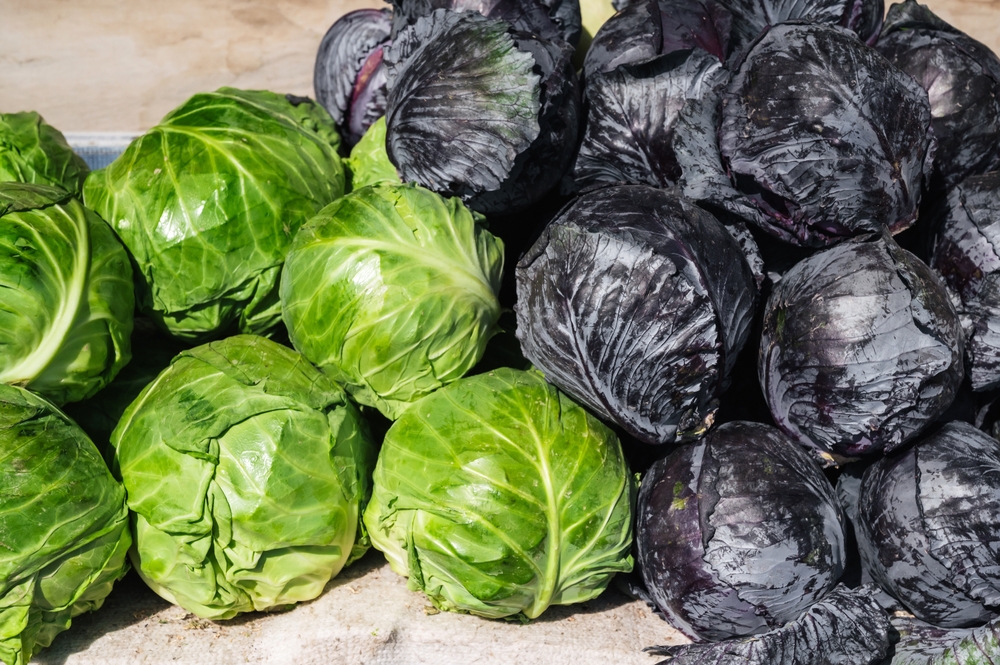
Cabbage and other cruciferous vegetables, such as Brussels sprouts, kale, and cauliflower, are perfect for winter storage when handled properly. These vegetables can be stored in a cool, humid environment, such as a root cellar or basement. The key is to keep them in a location that maintains temperatures around 32°F to 4’°F (‘°C to 4°C) with a humidity level of 9’-95%. Cabbage can be hung by the roots or stored in bins, while kale and Brussels sprouts can be stored in plastic bags or crates.
Ensure the vegetables are free of any damage before storing, as this can lead to quicker spoilage. Periodically check for any signs of decay, and remove affected produce to prevent it from affecting others. Stored properly, cabbage and other cruciferous vegetables can last for several months, making them an excellent source of nutrients during the winter when fresh vegetables are scarce.
This article originally appeared on Avocadu.
